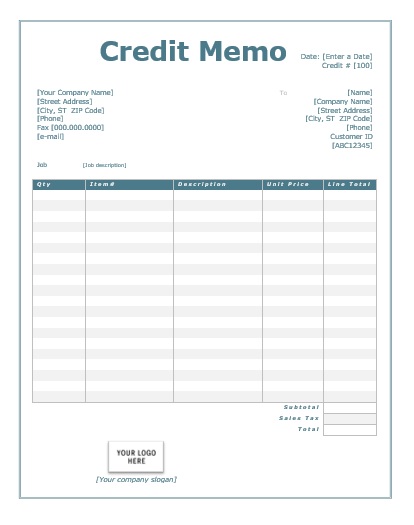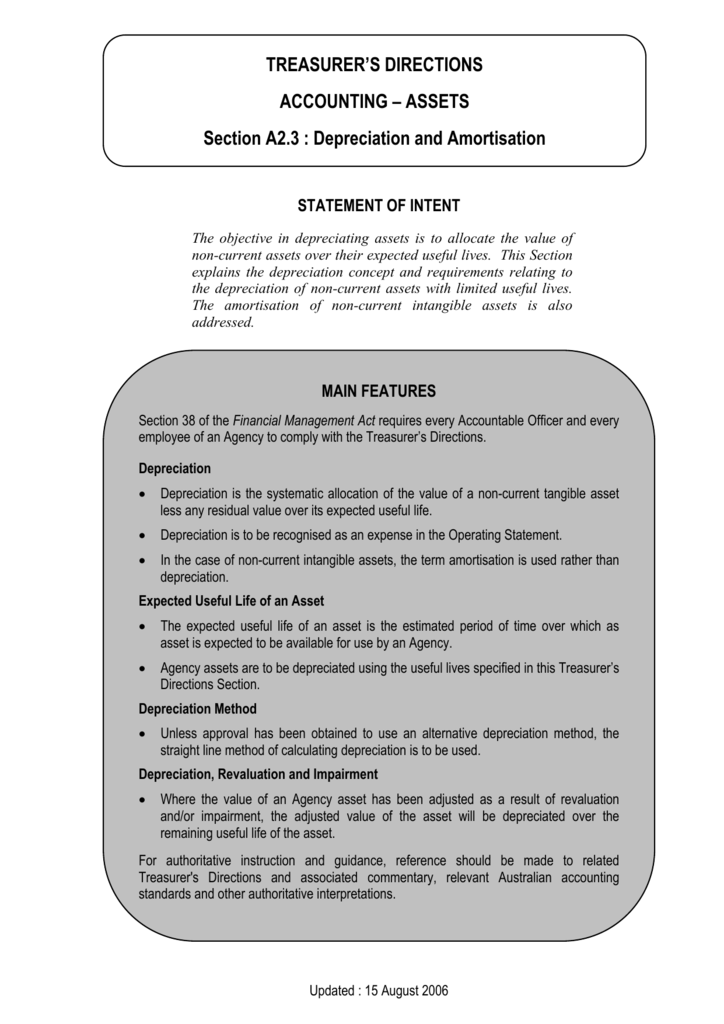
This article about the compound interest formula has expanded and evolved based upon your requests for adapted formulae andexamples. Please feel free to share any thoughts in the comments section below. I've received a lot of requests over the years to provide a formula for compound interest with monthly contributions. Our online calculators, converters, randomizers, are there any good receipt trackers now that onereceipt is shutting down and content are provided "as is", free of charge, and without any warranty or guarantee. Each tool is carefully developed and rigorously tested, and our content is well-sourced, but despite our best effort it is possible they contain errors. We are not to be held responsible for any resulting damages from proper or improper use of the service.
Can Excel calculate compound interest with varying interest rates?
Still, he has also played an instrumental role in training financial advisors for a prestigious Fortune Global 500 insurance company, Allianz. To simplify retirement planning, he ensures his clients understand their choices and secure the best insurance coverage at unbeatable rates. Compound interest is the interest on a loan or deposit calculated based on the initial principal and the accumulated interest from previous periods. It differs from simple interest, which is calculated solely on the principal amount.
How Compound Interest Grows Over Time

More so if you look at the graph below, the benefits of compound interest outweigh standard interest by $45,122.55. While our formula computes the future value, finding the interest portion is only one more step. All we have to do is subtract our present value from our future value because the future value is simply the present value plus interest. In this case, our total accumulated interest is $216.65 (once again, this is the sum of interest earned each year).
What will $10,000 be worth in 20 years?
Make sure your initial deposit is a comfortable figure that you can put aside for at least a year without needing to withdraw it for daily expenses. Understanding and applying Excel’s compound interest formulas can significantly enhance your financial planning and analysis capabilities. By using functions like FV, RATE, NPER, and PMT, you can easily calculate future values, interest rates, investment https://www.online-accounting.net/what-039-s-the-difference-between-direct-vs/ periods, and payment amounts for various financial scenarios. In general, for savings accounts, interest can be compounded at either the start or the end of the compounding period (this is usually every month or every year). If additional contributions are included in your calculation, the compound interest calculator will assume that these contributions are made at the start of each period.

When you try to calculate it, you realize that it’s not that simple – especially since in most cases your interest rate compounds daily. Compound interest is the addition of interest to the existing balance (principal) of a loan or saving, which, together with the principal, becomes the base of the interest computation in the next period. The best part about this calculator is that you don’t have to worry https://www.adprun.net/ about knowing the underlying formulas for how to calculate compound interest. However, we’ll break it down so you have a good understanding of how the calculator works. Interest is the cost of using borrowed money, or more specifically, the amount a lender receives for advancing money to a borrower. When paying interest, the borrower will mostly pay a percentage of the principal (the borrowed amount).
- Compound interest allows you to earn interest on the interest you earned in previous years.
- We are not to be held responsible for any resulting damages from proper or improper use of the service.
- Set up automatic recurring transfers to move money into your savings account on a weekly, monthly or quarterly schedule that works for your finances.
- The formula can be used when compounding annually, monthly, or at whatever time interval over which you wish to compound.
- Note that the greater the compounding frequency is, the greater the final balance.
The compounding frequency, which is the time period at which interest is added to the principal, can have a slight positive effect on the effective interest rate versus the nominal annual interest rate. Using shorter compounding periods in our compound interest calculator will easily show you how big that effect is. You get the best effective rate when you have daily compounding (also called continuous compounding) and slightly worse with monthly or yearly compounding. The interest rates of savings accounts and Certificate of Deposits (CD) tend to compound annually.
Therefore, compound interest can financially reward lenders generously over time. The longer the interest compounds for any investment, the greater the growth. The future balance of $1,000 will be worth $1,127.49 after two years if the compounding period is daily. At The Annuity Expert, we understand that planning for your financial future can be overwhelming.
We also provide a calculator that lets you enter a savings goal and then solve for the contribution needed to reach that goal. Which is better – an investment offering a 5% return compounded daily or a 6% return compounded annually? The following calculator allows you to quickly determine the answer to these sorts of questions. Say in our previous example that we earned interest semiannually rather than annually.
We compare personal finance solutions such as loans, saving accounts, credit cards, and more. When you compare bank products and investment options, compare the annual percentage yield (APY). This compound interest equation above will show the future value of an investment or loan, which is the initial principal amount, plus compound interest. This calculation is valuable if you have the desired outcome in mind. For example, suppose you want to get $10,000 and have an investment opportunity that returns 5% interest. In that case, this calculation will help you determine how much you need to invest initially.
In December, I opened a high-yield savings account with Ally that, at the time, had an APY of 4.35%. Compare that to my previous savings account at my local credit union, which earned a paltry 0.01% APY. As a general rule, online-only banks consistently offer better APYs on savings accounts because they have fewer overhead costs than banks with physical branches. Assuming that the same 5% APY is applied to your new balance, you’d end up with $1,105 after the second year.
Usually, it is presented on an annual basis, which is known as the annual percentage yield (APY) or effective annual rate (EAR). If you want to roughly calculate compound interest on a savings figure, without using a calculator, you can use a formula calledthe rule of 72. The rule of 72 helps you estimate the number of years it will take to double your money. The method issimple – just divide the number 72 by your annual interest rate. The TWR figure represents the cumulative growth rate of your investment. It is calculated by breaking out each period's growth individually to remove the effects of any additional deposits and withdrawals.
It’s all about finding the right balance for your financial situation. When we understand compound interest, we can make better decisions about where to put our money. Learn how to apply formulas to entire columns in Excel using various methods. Save time and ensure consistency in your calculations with these tips. Not factoring inflation in when calculating savings goals can be a major omission. Use our inflation calculator to evaluate the impact inflation has on your savings.
Our investment balance after 10 years therefore works out at $20,720.91. "Unlock the magic of compound interest – your money’s superpower! ???? Ever heard of the time value of money? It's the game-changer that shows why starting early is so important. Compound interest isn't just interest – it's interest on interest! Your money grows faster, works harder, and creates a financial snowball effect.
If you're using Excel, Google Sheets or Numbers, you can copy and paste the following into your spreadsheet and adjust your figures for the first fourrows as you see fit. This example shows monthly compounding (12 compounds per year) with a 5% interest rate. This allows them to set realistic savings goals and make informed decisions about funding education. When you know the basics of compound interest you’ll be able to make informed investment decisions and boost your net worth over time.